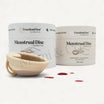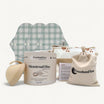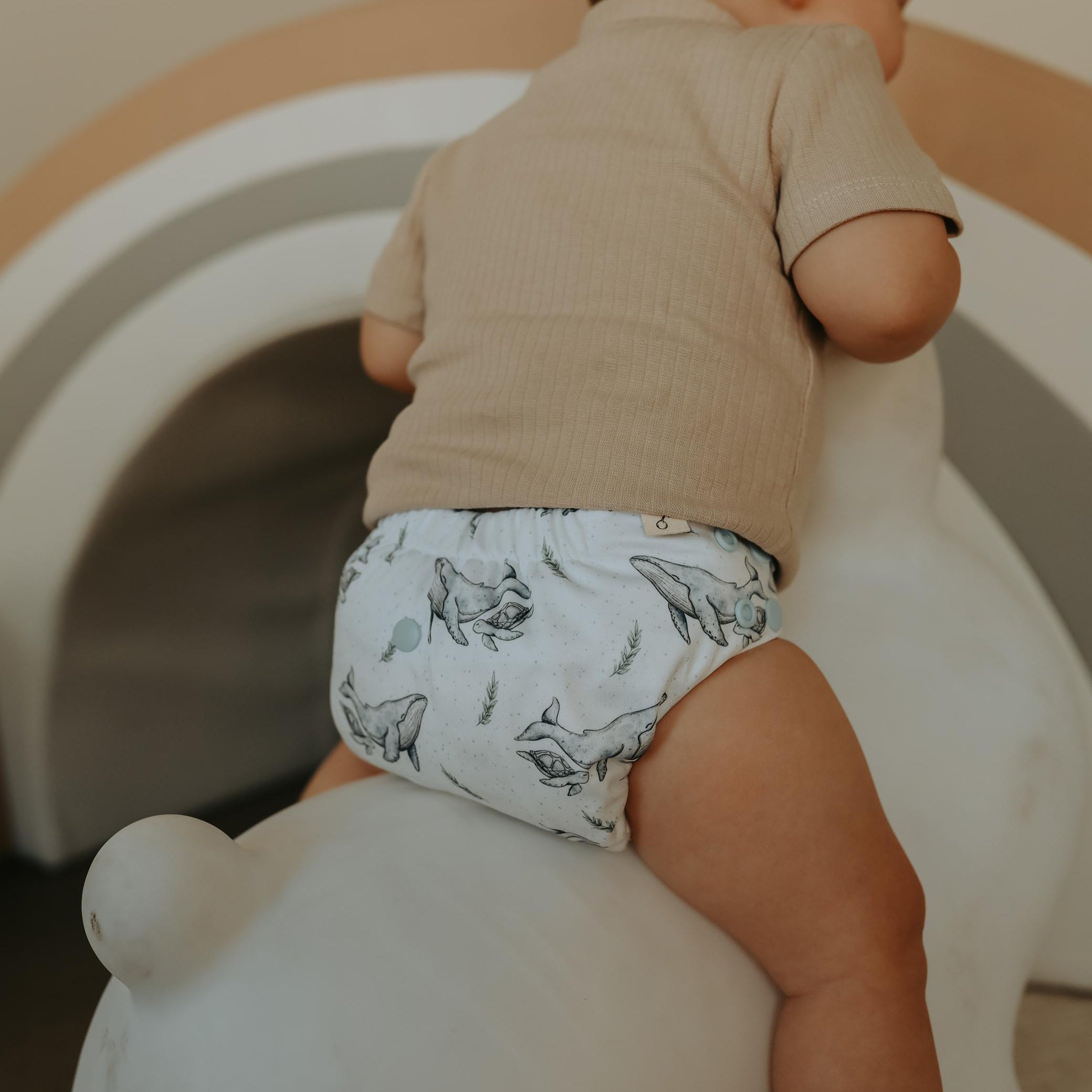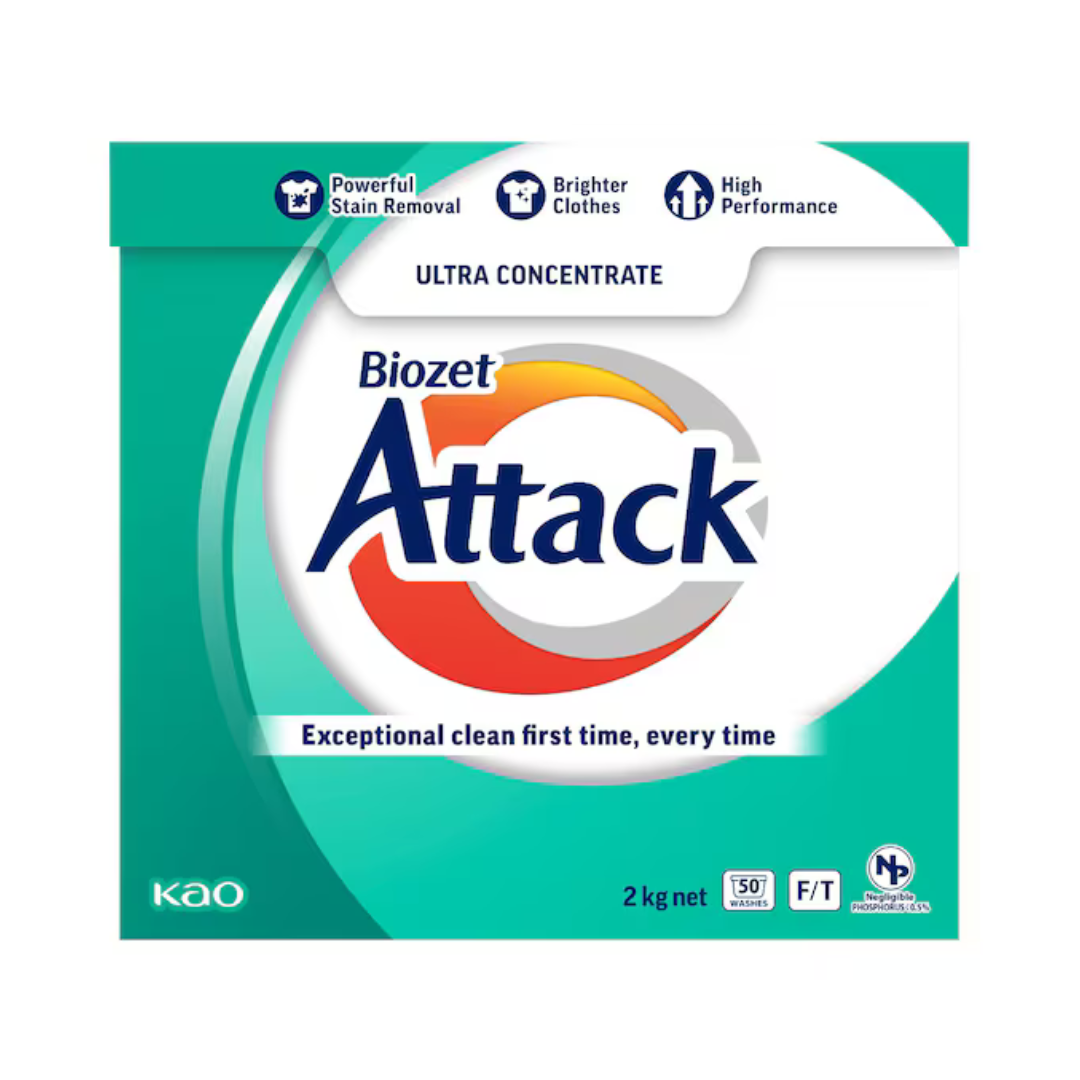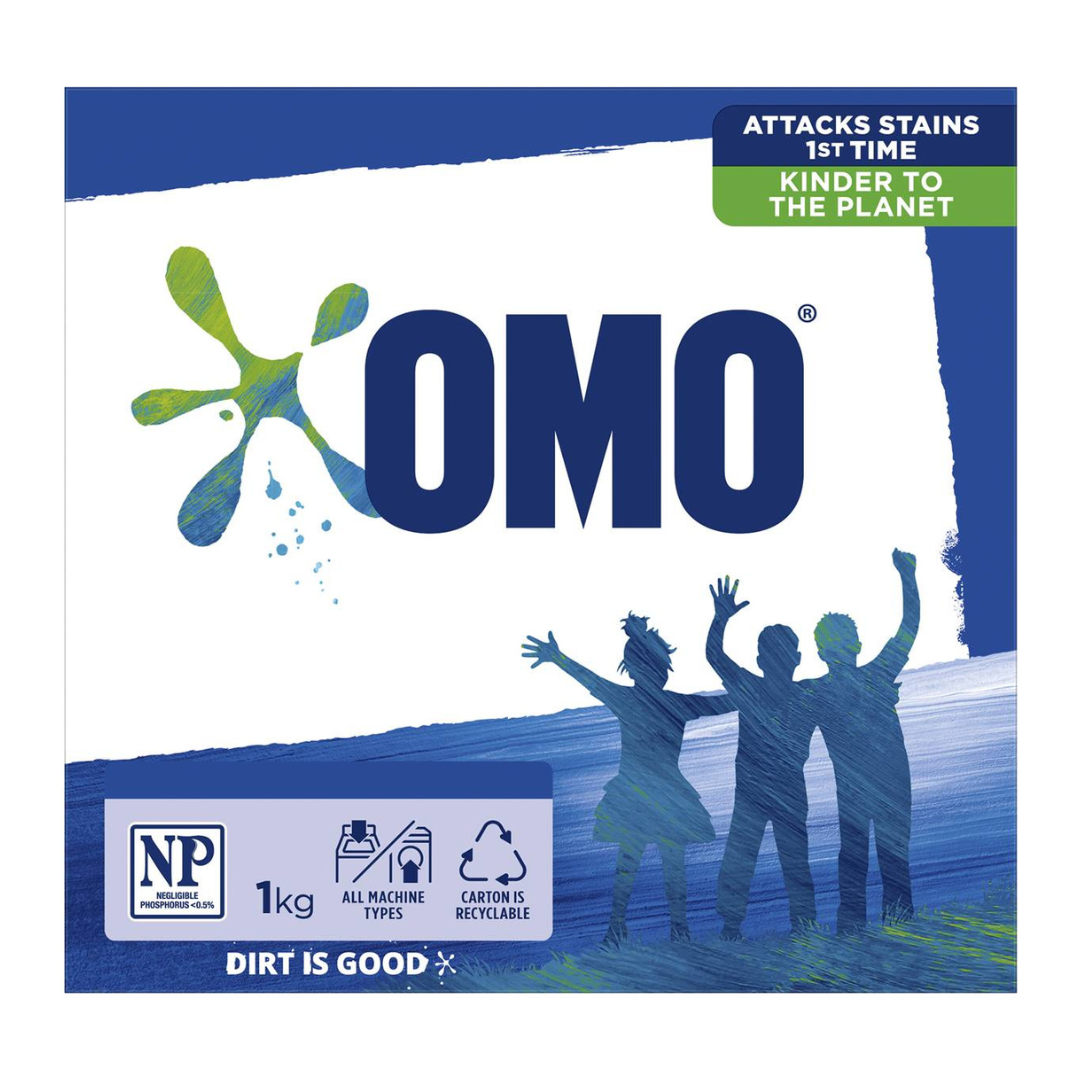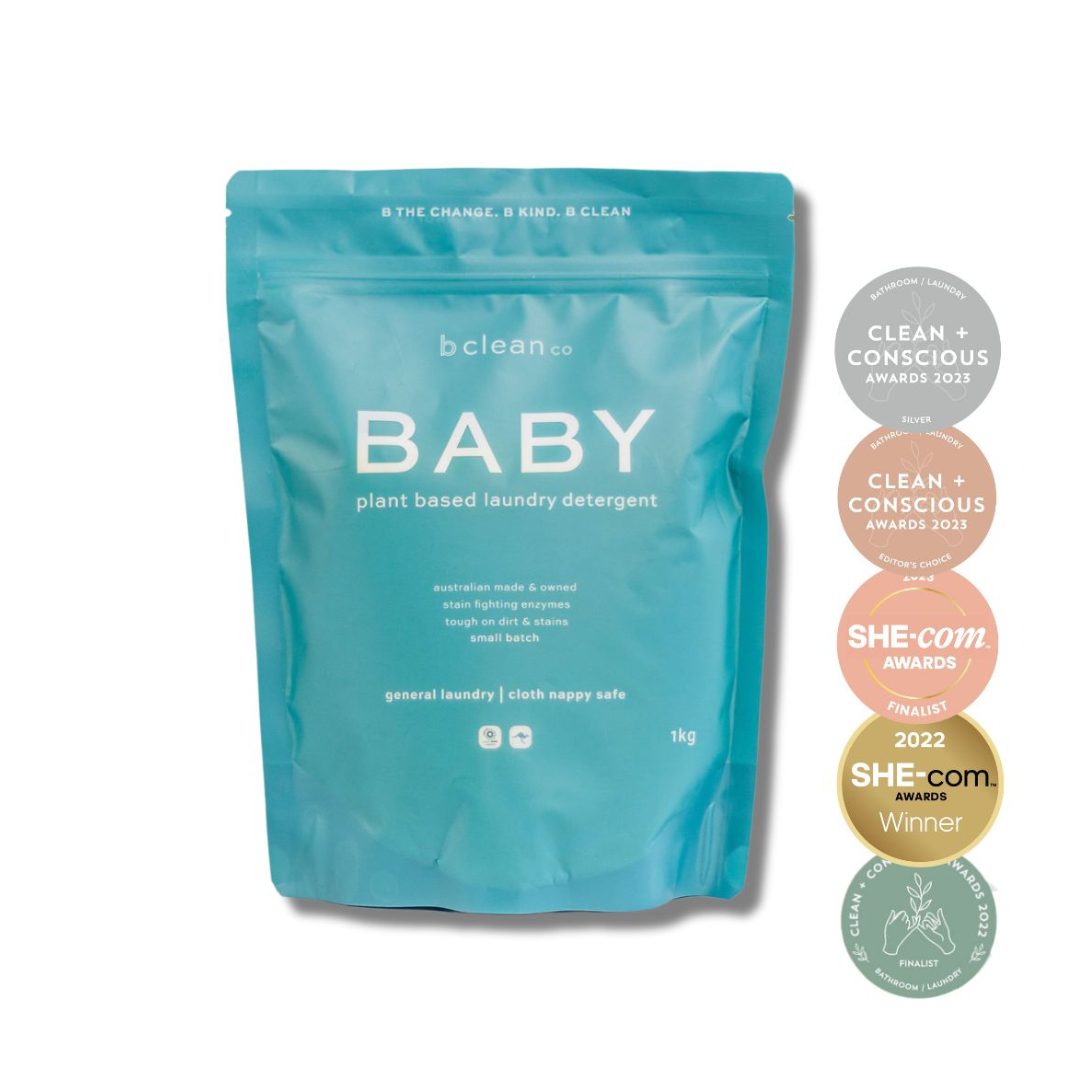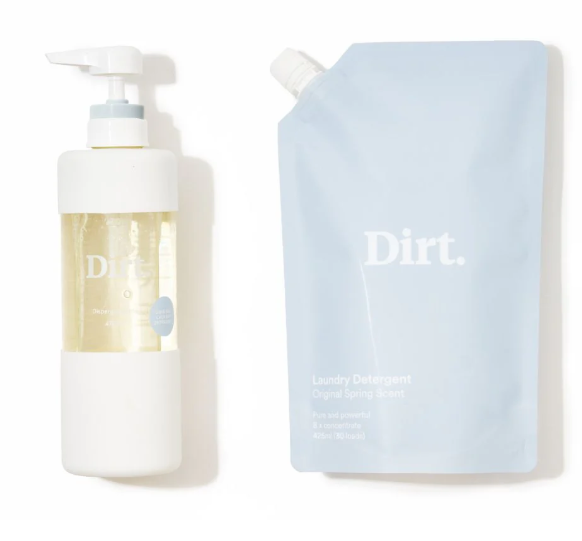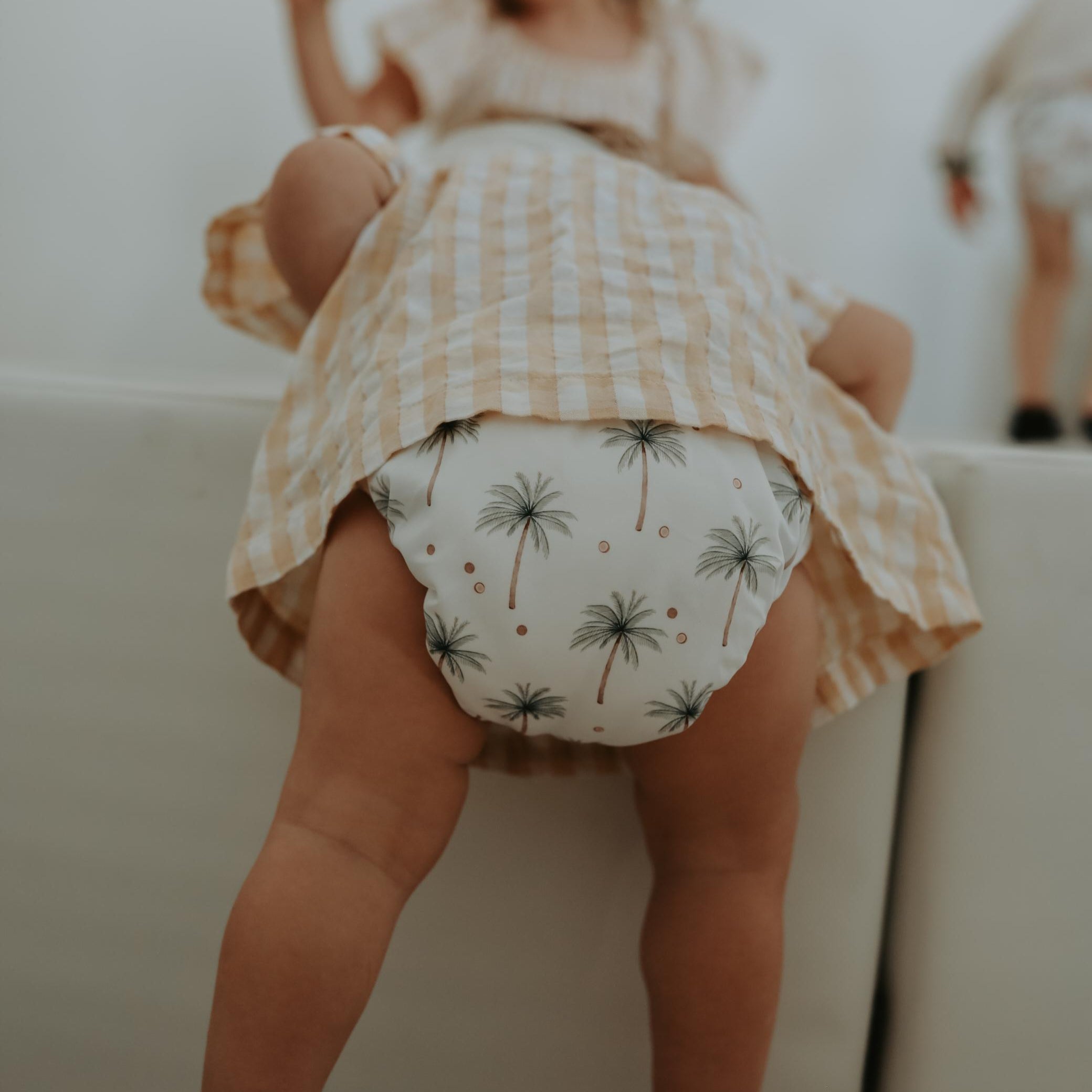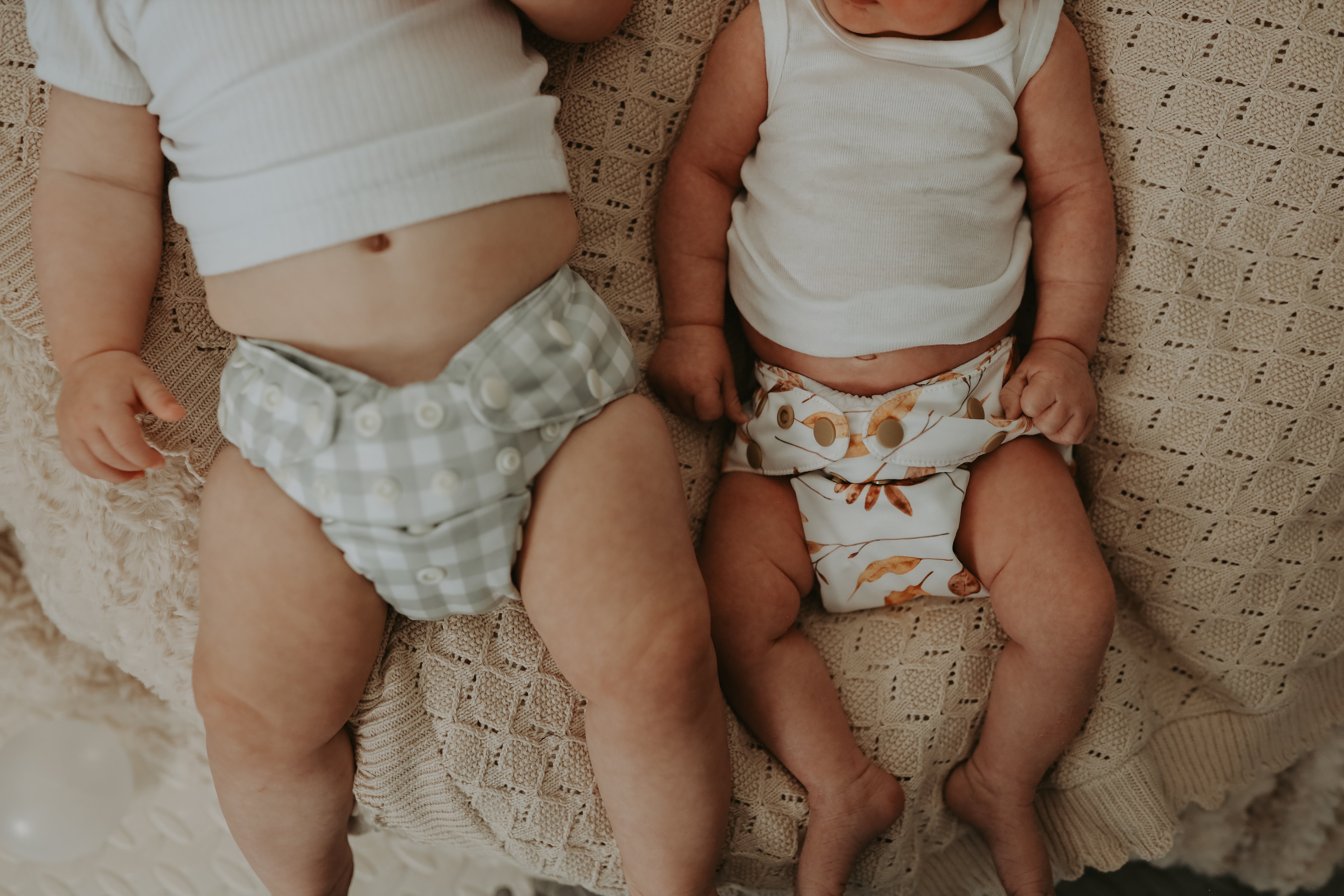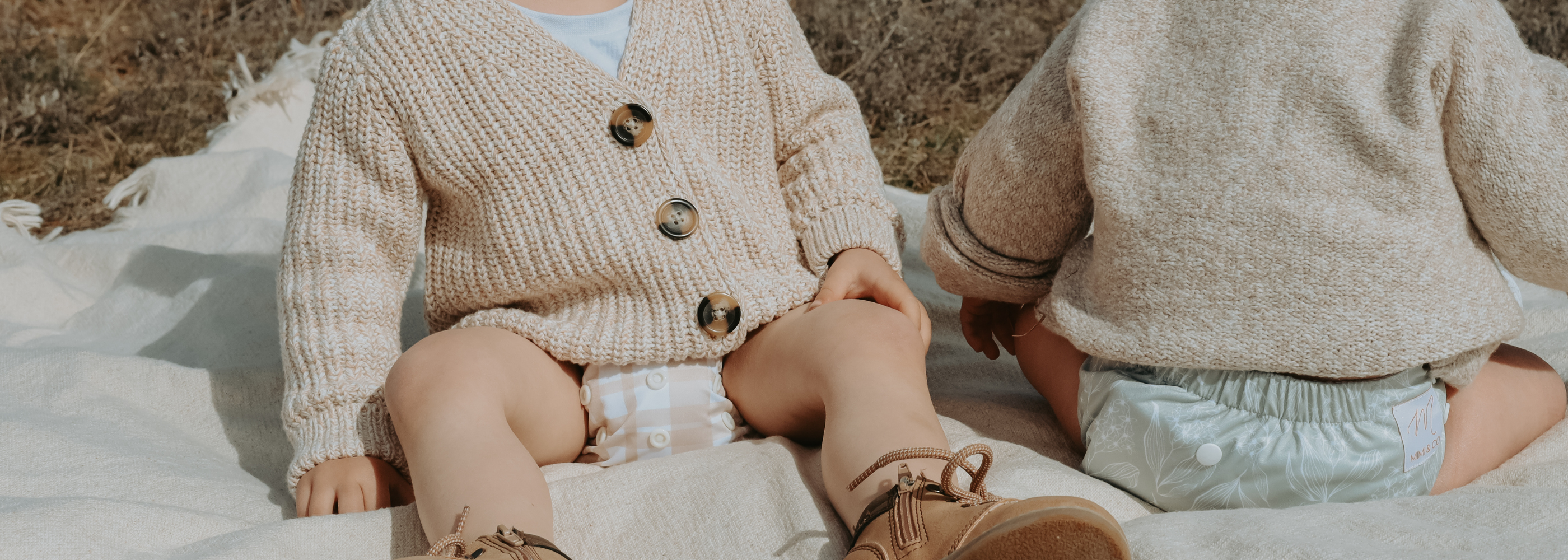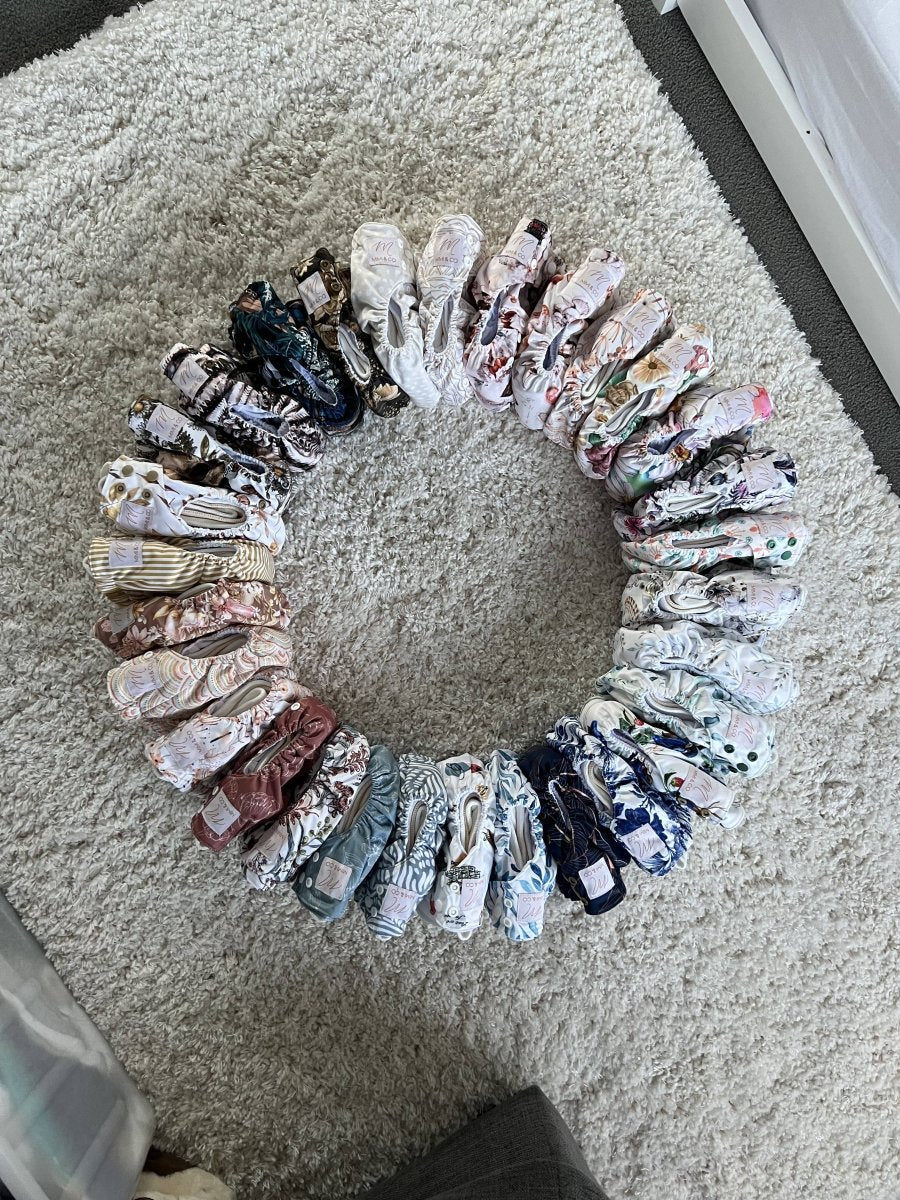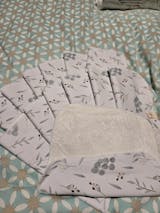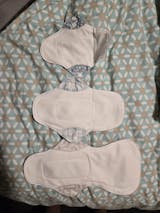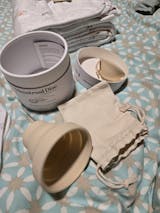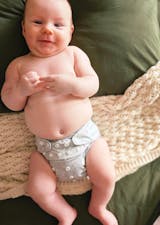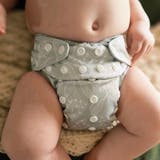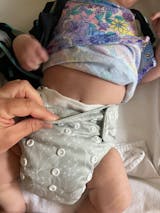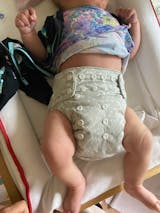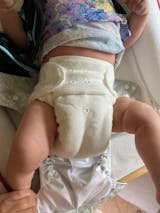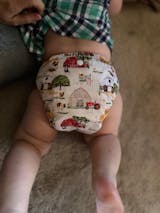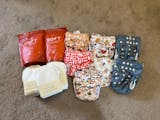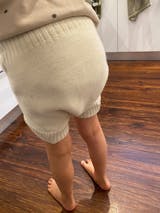I love these. The sizes allow for both overnight use or any day of the period use. I love that the material is white so I can see what is happening. So easy to clip on and stay in place.
This is the comfiest, easiest and most discrete period care product I've ever used. I have reacted badly to so many commercial products that this has honestly improved my mental health more than I was prepared for. Here are to many more periods without the 'pad/ tampon itch'!
Fits very nicely, giving me piece of mind knowing we won't have a blow out.
The prints are beautiful and the lining on the inside of the shell is the best for hotter months. For a bub with heat sensitivities it's been a blessing for his skin.
It’s such a pleasure putting this nappy on my baby at night, it’s so soft it’s like putting on a cloud! Even with all the layers it just seems so comfy and not a single leak even though little miss is a bit unwell and nursed all through the night! Currently 4.5 months and 6kg and we were able to get a perfect fit without much mucking around. Now if you’ll excuse me, I’m off to buy some more…
Absolutely love these nappies, I can’t stop buying them! The new farm collection was amazing, my boys are obsessed. The quality of these nappies are second the none and the inserts are the best on the market! We’ve had no leaks at all so far and loving every minute of our cloth nappy journey.
Love being apart of the community Mimi has built too, so supportive and full of lots of advice from wonderful mums. Thanks Mimi!! 🥰
So amazing. Even better than I thought they would be! And the x large is roomy on my trim 5 year old. And I had to wash one and it was so quick and easy and Lanolised with the Disana products.
I'm so happy with these bottoms. They are so pretty plus they actually hold the pop and wee! Yay! 😀


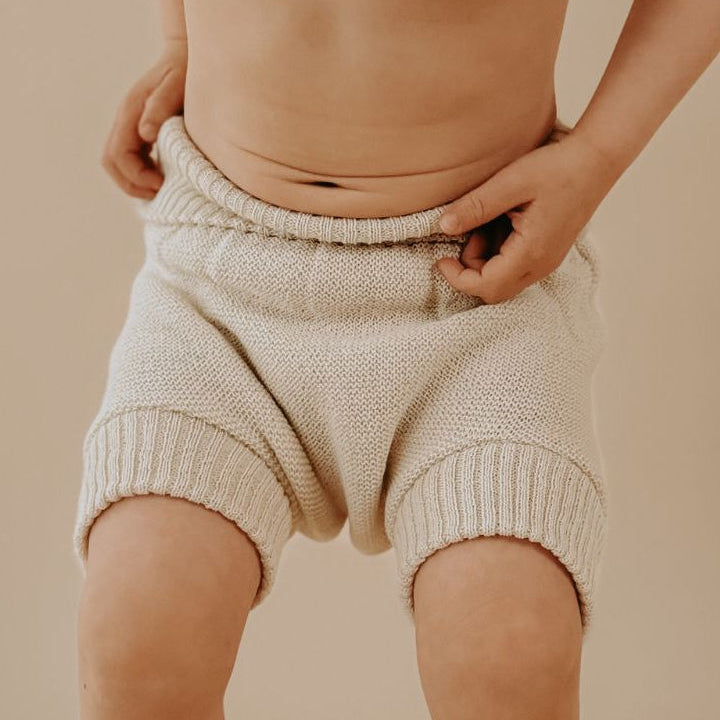
![Swim Nappy Bundle [Ship Oct 5 - 10] - Mimi & Co](http://mimiandco.com.au/cdn/shop/files/swim-nappy-bundle-ship-oct-5-10-5796576.jpg?v=1761125410)

![Tiny Transitions™ Training Undies [January Preorder] - Mimi & Co](http://mimiandco.com.au/cdn/shop/files/tiny-transitions-training-undies-january-preorder-9963304.jpg?v=1765499442&width=1200)
![Reusable Bamboo Mimi™ Wipes [5 Pack] - Mimi & Co](http://mimiandco.com.au/cdn/shop/files/reusable-bamboo-mimi-wipes-5-pack-7600782.jpg?v=1761445103)


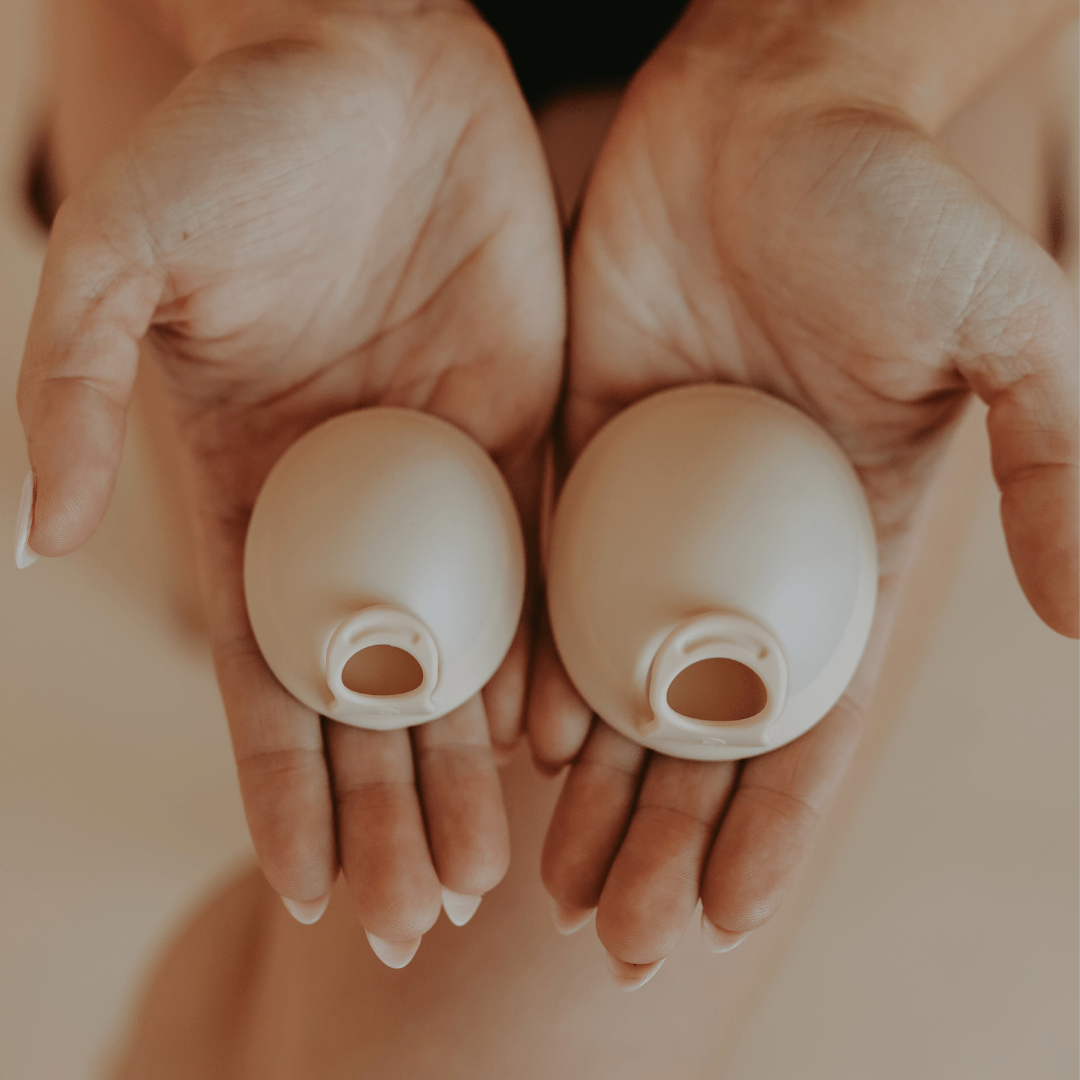
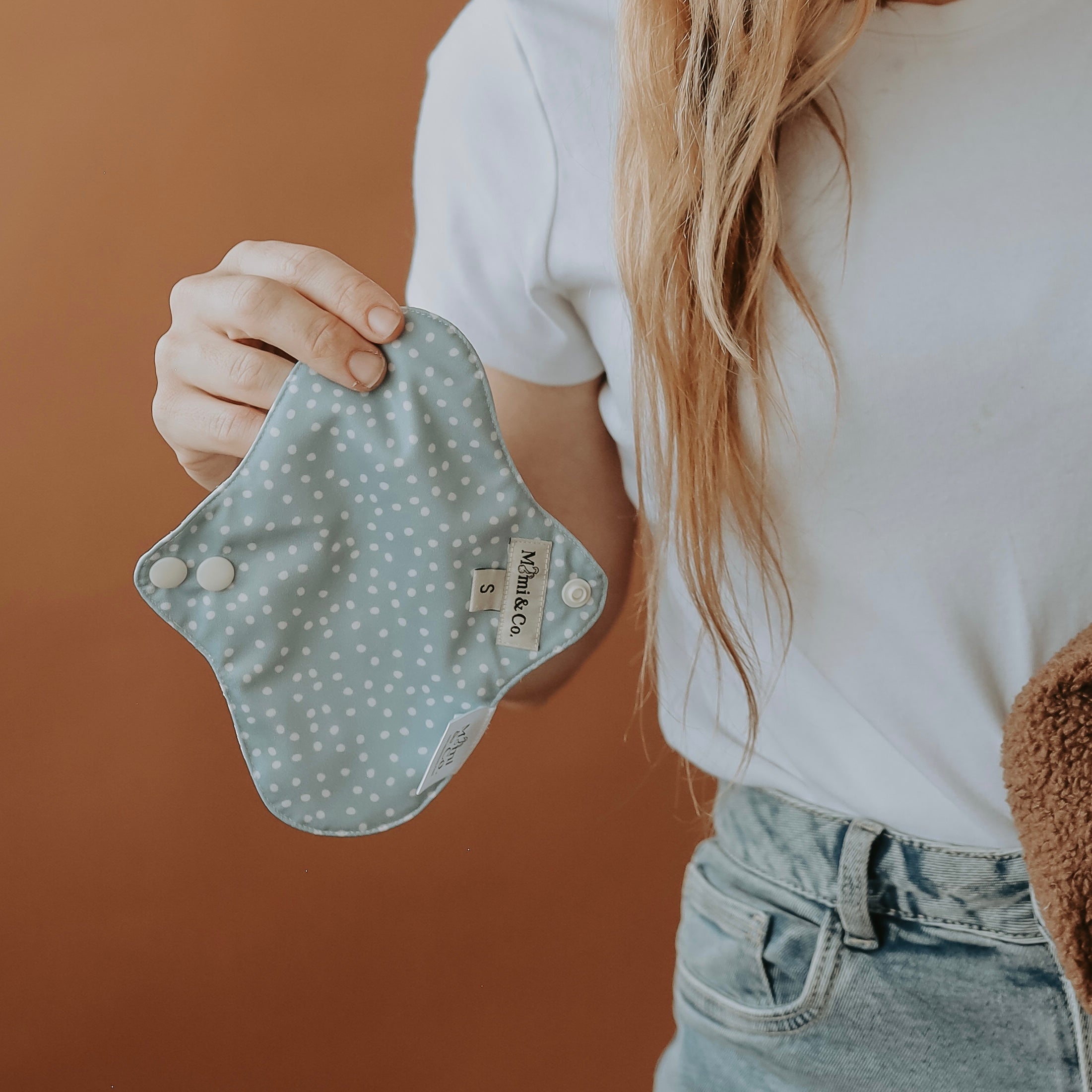
![Reusable Mimi® Menstrual Underwear [Shipping 31/9] - Mimi & Co](http://mimiandco.com.au/cdn/shop/files/reusable-mimi-menstrual-underwear-shipping-319-6508918.png?v=1759809525)
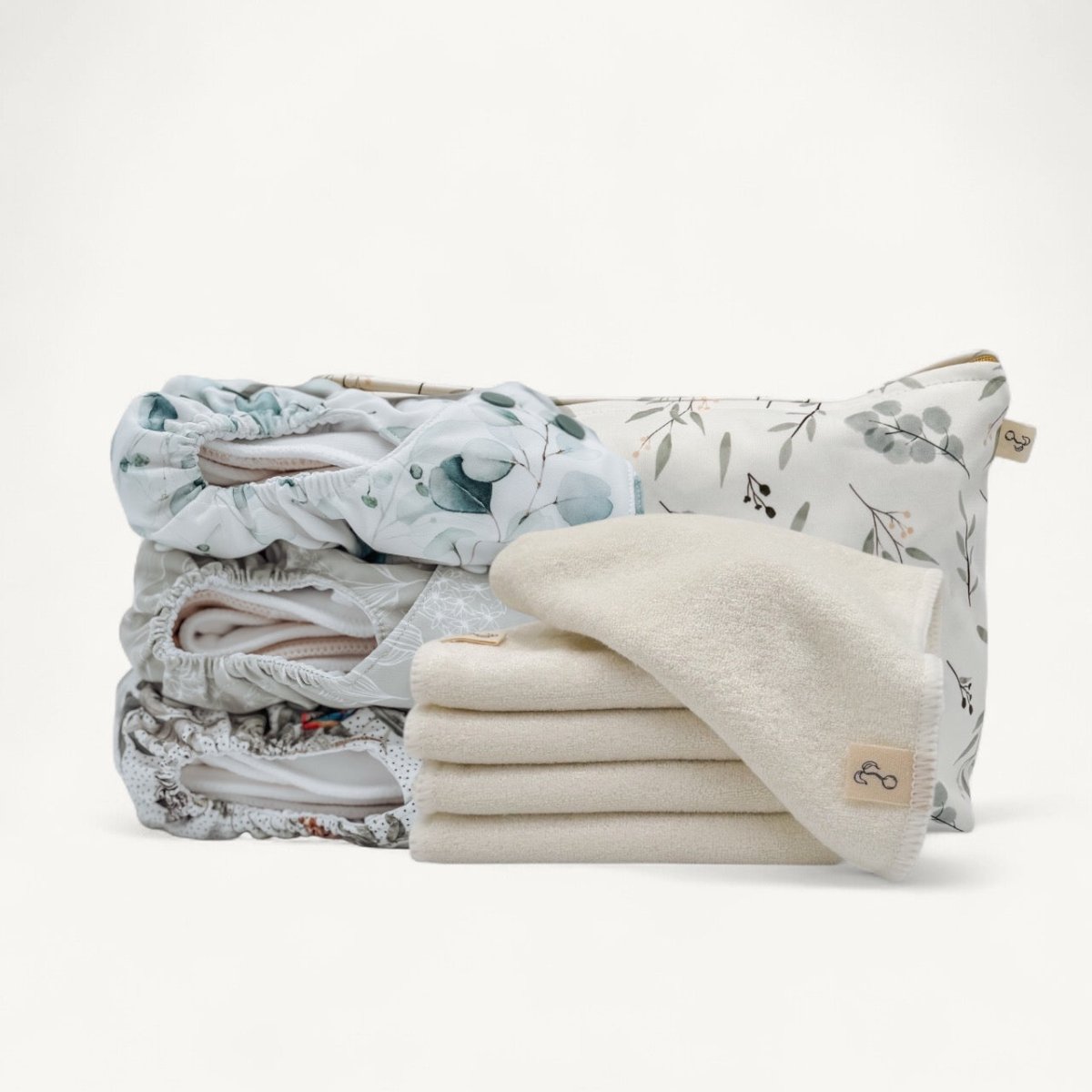



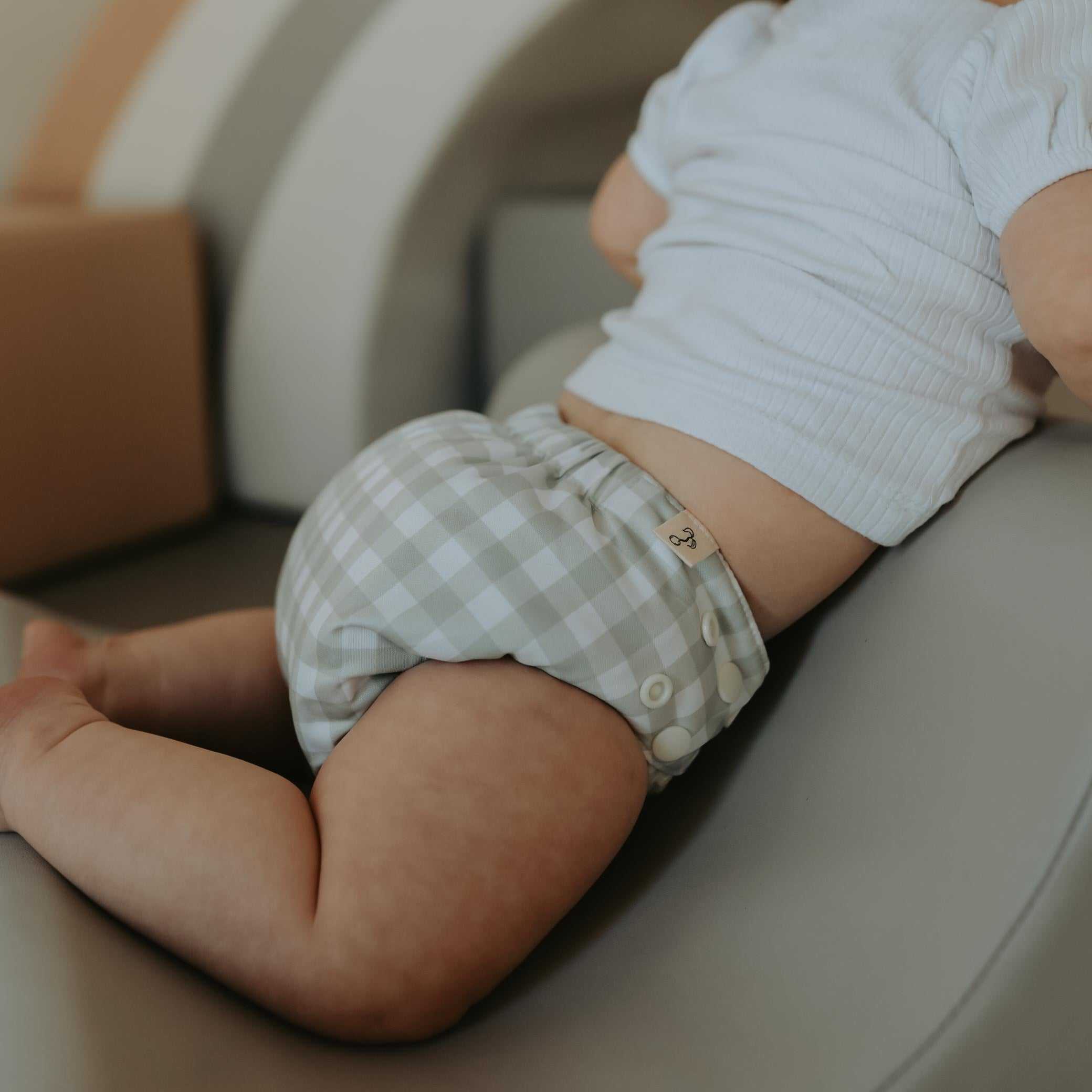
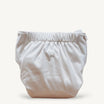
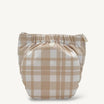
![One Size Fits Most Preflat [PreOrder] - Mimi & Co](http://mimiandco.com.au/cdn/shop/files/one-size-fits-most-preflat-preorder-761880.webp?v=1759809321&width=104)
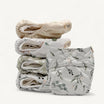
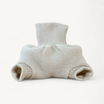
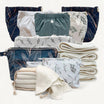
![Tiny Transitions™ Training Undies [January Preorder] - Mimi & Co](http://mimiandco.com.au/cdn/shop/files/tiny-transitions-training-undies-january-preorder-9963304.jpg?v=1765499442&width=104)
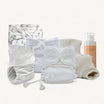
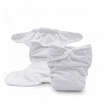
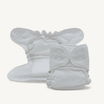
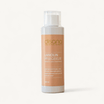
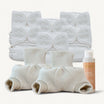
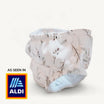
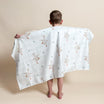
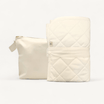
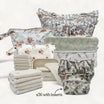
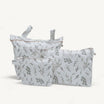
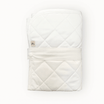
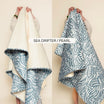
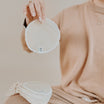
![Reusable Bamboo Wipes [5 Pack] - Mimi & Co](http://mimiandco.com.au/cdn/shop/files/reusable-bamboo-wipes-5-pack-580411.webp?v=1764820089&width=104)
![Organic Cotton Wipes [5 Pack] - Mimi & Co](http://mimiandco.com.au/cdn/shop/files/organic-cotton-wipes-5-pack-7079645.png?v=1759809401&width=104)
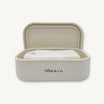
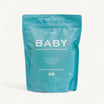
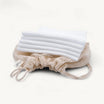
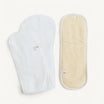
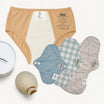
![Reusable Mimi® Menstrual Underwear [Shipping 31/9] - Mimi & Co](http://mimiandco.com.au/cdn/shop/files/reusable-mimi-menstrual-underwear-shipping-319-6508918.png?v=1759809525&width=104)
